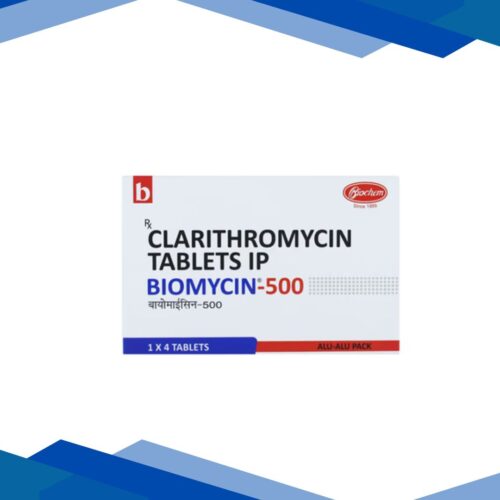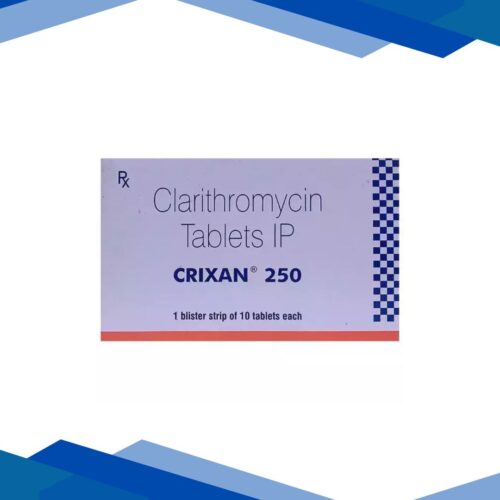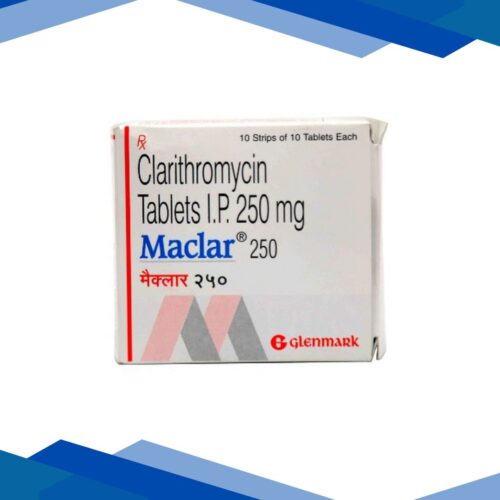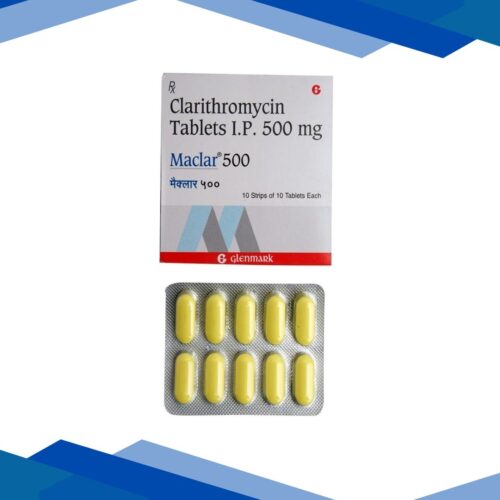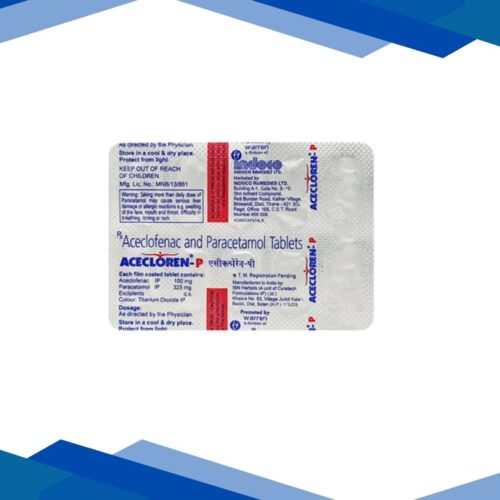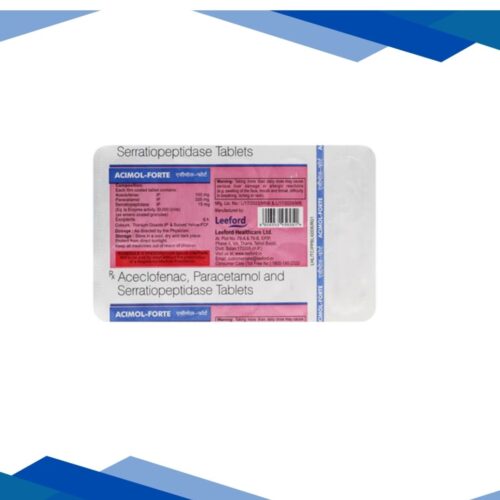CEFTAZIDIME
Overview:
Ceftazidime is mainly used in hospitals to treat moderate to severe infections caused by bacteria. It’s often given through an injection or IV, especially when quick action is needed. It works well against a wide range of bacteria, including some that other antibiotics can’t treat.
Classification: Antibiotic
Uses:
Ceftazidime is commonly used to treat:
Lung infections, such as pneumonia
Urinary tract infections (UTIs)
Skin and soft tissue infections
Abdominal infections (like peritonitis)
Bone and joint infections
Infections in people with weak immune systems, including cancer or transplant patients
Bloodstream infections (sepsis)
How It Works:
Ceftazidime kills bacteria by damaging their cell walls, making them weak and causing them to burst. This helps stop the infection from spreading and allows the body to heal.
Dosage: As prescribed by your doctor.
Side effects:
Some people may experience:
Diarrhea or loose stools
Nausea or stomach upset
Rash or skin irritation
Pain, swelling, or redness at the injection site
Headache or dizziness
In rare cases, allergic reactions like swelling, itching, or breathing difficulty
Precautions:
Let your doctor know if you’re allergic to penicillin or other cephalosporin antibiotics.
Tell your healthcare provider if you have kidney problems — dose changes may be needed.
It may cause diarrhea — if it’s severe or has blood, inform your doctor.
Let your doctor know if you are pregnant or breastfeeding before using this medicine.
Always take the full course as directed — stopping too early can bring the infection back.
It might affect some lab test results, so keep your doctor informed.
Disclaimer:
This content is for informational purposes only. Always consult a healthcare provider for medical advice and proper dosage

